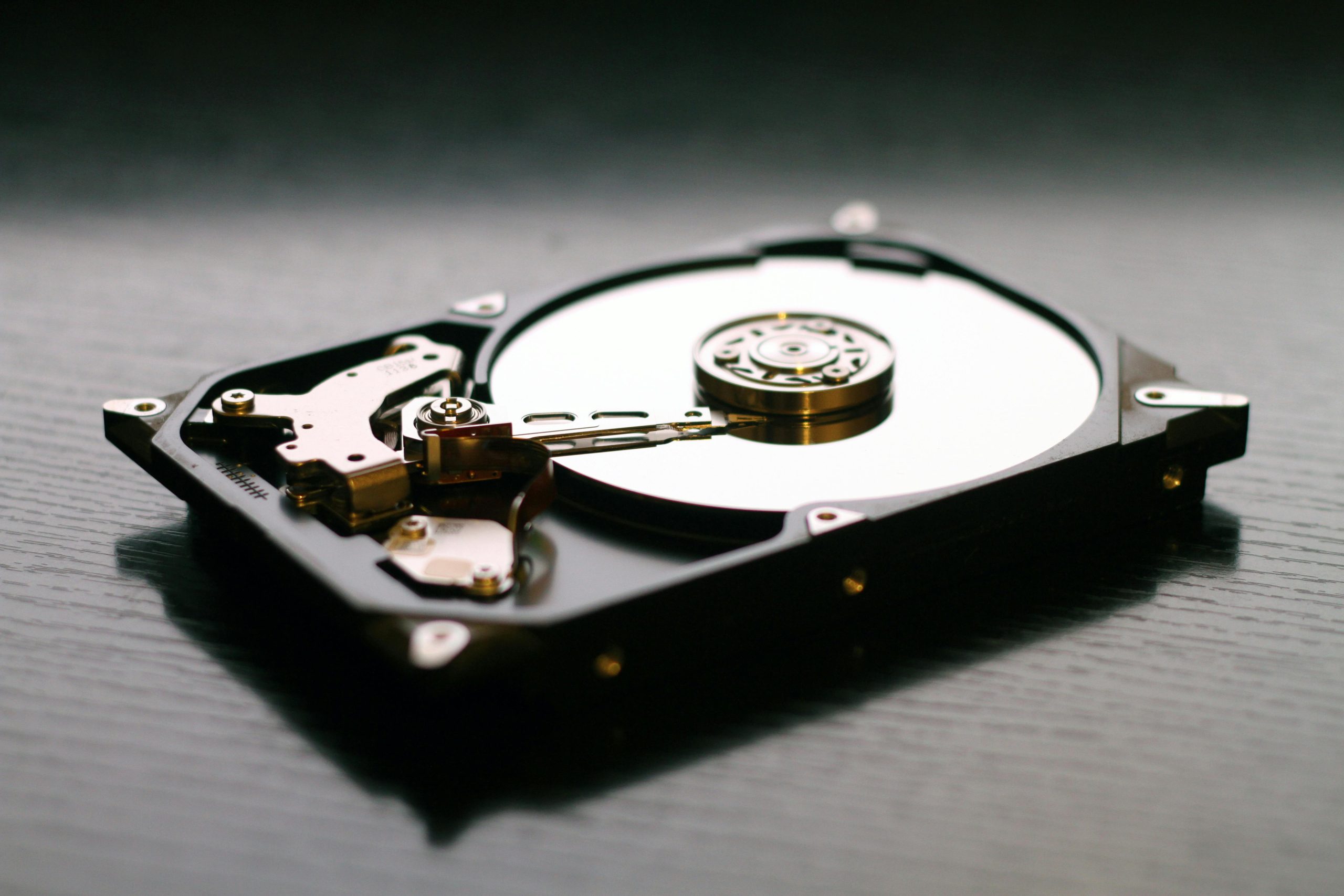Troubleshooting Hard Disk Issues: Fixing Uninitialized Drives after Adding New Storage
If you’ve encountered a frustrating situation with your computer’s storage, you’re not alone. A common problem many users face involves hard drives becoming uninitialized after adding or changing disk configurations. Let’s dive into a specific case that highlights this issue and explore potential solutions.
The Situation
Recently, I attempted to expand my storage capacity by adding an older 1 TB hard drive to my existing setup, which includes a primary 4 TB Western Digital Black drive filled with important files. My operating system is Windows 10.
Upon connecting the older 1 TB drive, I noticed a peculiar glitch: while the new drive functioned properly, my primary 4 TB hard drive became uninitialized, showing up as such in the Disk Management interface. Initially, I suspected a conflict in drive letters, as both drives tried to assume the same designation—E:. To resolve this, I formatted the 1 TB drive (since it contained no critical data) and reassigned it a new letter, F:.
Temporary Fix
For a brief period, both drives coexisted harmoniously. However, after about two days, my primary E: drive uninitialized itself once more. A typical troubleshooting step—shutting down the PC and reseating the power and SATA cables—temporarily restored functionality. Unfortunately, this resolution was short-lived, and the problem recurred each day.
Throughout this ordeal, I tried swapping the SATA cables between the drives, which seemed to work initially, but ultimately led to the E: drive becoming uninitialized yet again.
Seeking Solutions
Frustrated by the persistent issues, I decided to disconnect the F: drive entirely. Miraculously, this allowed my E: drive to function properly once more. However, I am eager to find a more permanent solution that will enable both drives to operate together without continuously battling the uninitialized state of my primary hard drive.
If you’re experiencing similar issues or have insights on how to ensure multiple hard drives can coexist seamlessly, your advice would be greatly appreciated. Additionally, if there’s a more suitable forum for this type of troubleshooting, I’d welcome any recommendations.
Thank you in advance for your support and suggestions!
Share this content:




It sounds like you’re experiencing a common issue that can sometimes be caused by hardware conflicts or communication errors between drives, especially when multiple disks are added or reconfigured. Here are some steps you can take to troubleshoot and potentially resolve this problem: